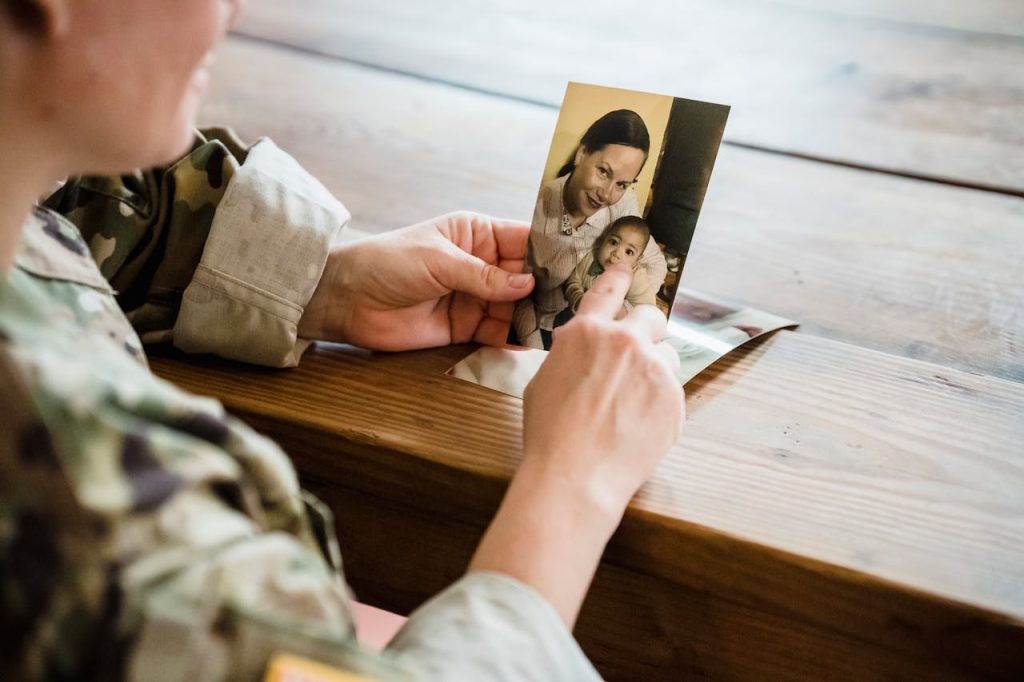In the age of fast-moving feeds and endless notifications, it’s easy to forget the stories that built us.
The smell of your grandmother’s kitchen.
The way your father laughed when he was your age.
The house your parents lived in before you were born.
The moment your family danced barefoot during a monsoon wedding.
These aren’t just nice to remember — they’re essential to who we are.
In families across the world, stories are passed from one generation to another like sacred threads. But with time, distance, and loss, those threads begin to unravel. When we lose our elders, or when they begin to forget, we don’t just lose a person — we lose a library of emotion, resilience, culture, and identity.
This is where memory preservation becomes more than nostalgia — it becomes an act of healing, connection, and even legacy building.
And it’s exactly where Artograph steps in.
Why Memory Preservation Matters More Than Ever
We live in a digital world where data is abundant — but meaning is scarce. Photos are uploaded and forgotten. Voice notes pile up in cloud storage. Birthdays are remembered by algorithms, not people.
But true memory preservation is intentional. It’s about curating the emotional truths that define your family. And here’s why it’s so important today:
1. It Keeps Identity Alive
Children and grandchildren who grow up knowing their family’s journey — the struggles, joys, migrations, and milestones — develop a stronger sense of self. They’re not just part of a household, they’re part of a story.
2. It Strengthens Generational Bonds
Sharing stories about “how we used to live” builds empathy and connection between elders and youth. It turns silence into conversation. It gives both generations a chance to see each other differently.
3. It Supports Grief and Healing
When families lose someone, memory becomes the bridge between presence and absence. A preserved story, voice, or visual becomes a comfort and anchor for years to come.
4. It Preserves Culture and Language
In an increasingly globalized world, memory preservation helps protect cultural practices, idioms, and traditions that might otherwise be lost with time.
The Challenges Families Face
Despite the deep emotional need, most families struggle to preserve memories in a meaningful, structured way.
-
📂 Memories are scattered — on WhatsApp chats, in old albums, on relatives’ phones.
-
🕰️ Busy lives mean we often say “We’ll do it later.”
-
💔 Elders may have lost the energy or ability to share clearly.
-
💬 Families lack a system to gather, share, and relive stories together.
Most importantly, memories often fade before they are captured.
This is where Artograph makes it possible — and powerful.
Introducing Artograph: A Family Memory Platform with Soul
Artograph is a platform built to help families preserve the memories that matter most — in emotional, visual, and interactive ways.
But it’s not just a digital scrapbook.
It’s a space for legacy. For storytelling. For healing.
Here’s how Artograph supports memory preservation for families:
1. AI-Powered Visual Memory Generation
What if you don’t have a photo of your grandfather’s military service, or your mother’s first sari?
With just a description — “My father on his bicycle going to school in 1965” — Artograph can recreate the visual using safe, generative AI.
This means you’re no longer dependent on old photos.
You can visually reconstruct lost or untold memories, and build deeper connections to them.
2. Collaborative Memory Journals
Families can invite members across cities and countries to:
-
Add written memories and reflections
-
Upload old scanned photos
-
Record voice messages or lullabies
-
Comment on shared stories
This crowdsources memory preservation, making it a collective act of love.
Every story added becomes part of a growing digital legacy journal — one that’s printable, shareable, and stored forever.
3. Memory Maps for Emotional Navigation
Artograph doesn’t just capture memories — it organizes them emotionally.
You can view memories based on:
-
Emotional resonance (joy, grief, pride, nostalgia)
-
Life phases (childhood, adolescence, milestones)
-
People (grandparents, siblings, mentors)
This lets families explore their history in a meaningful, story-driven way.
4. Private, Secure, and Family-Centered
All memories in Artograph are:
-
Encrypted and stored privately (HIPAA & GDPR aligned)
-
Fully controlled by the family (you decide who sees what)
-
Never used for AI training or external sharing
You get a safe, respectful space where your family’s emotional archive belongs only to you.
5. Legacy Creation for Those Who’ve Passed
One of Artograph’s most loved features is the ability to create “Legacy Memory Books” for loved ones who are no longer here.
You can gather:
-
Stories from different family members
-
AI visuals of key life moments
-
Audio recordings or written reflections
This becomes a memorial that heals, not just remembers.
Why Families Love Artograph
-
“We recreated my grandmother’s wedding day based on her words. It felt like going back in time together.”
-
“My children now know the story of our family in Kerala — without needing to ask a million times.”
-
“We lost my uncle last year. His voice is still there in the journal. His stories, his words — forever.”
Final Thoughts: Make Time Stand Still, Together
In the end, memory is not about perfect accuracy. It’s about emotional truth.
It’s about preserving the texture of life — not just the highlight reel.
When you build memory journals with your loved ones, you’re not just saving stories —
you’re honoring lives.
Artograph is here to help you do that, beautifully and meaningfully.
Because memories are the only inheritance we carry in both directions — to our children, and to our ancestors.


